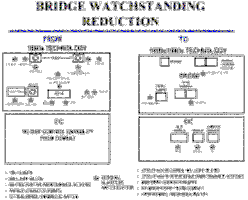
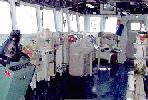
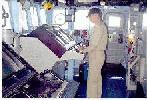
 |   |
 |   |
| Specifications(數據) | ||||
| Builders | Ingalls Shipbuilding: CG-47-50, CG 52-57, 59,62, 65-66, 68-69, 71-73 Bath Iron Works: CG-51,58,60-61,63-64,67,70 | |||
| Propulsion | 4 General Electric LM-2500 Gas Turbine Engines (80,000 Shaft Horsepower) 2 Controllable-Reversible Pitch Propellers 2 Rudders | |||
| Length | Overall Length: 567 ft Waterline Length: 529 ft | |||
| Beam | Extreme Beam: 55 ft Waterline Beam: 55 ft | |||
| Draft | Maximum Navigational Draft: 33 ft Draft Limit: 23 ft | |||
| Displacement | Light Displacement: 7103 tons Full Displacement: 9957 tons Dead Weight: 2854 tons | |||
| Speed | 30 plus knots | |||
| Aircraft | Two SH-2 Seasprite (LAMPS) in CG 47-48 Two SH-60 Sea Hawk (LAMPS III) | |||
| Armament | 1 MK 7 MOD 3 AEGIS Weapons System
2 MK 32 MOD 14 Torpedo Tubes - 6 MK-46 torpedoes 2 MK 45 5"/54-Caliber Lightweight Gun Mounts 1 MK 15 MOD 2 Close-in-Weapons Systems (CIWS) (2 Mounts) 1 MK 36 MOD 2 Super Rapid-Blooming Off-Board Chaff System 2 50-Caliber Machine Guns | |||
| Combat Systems | |
| Crew | 24 Officers, 340 Enlisted |
| Unit Operating Cost Annual Average | $28,000,000 [source: [FY1996 VAMOSC] |
| Ships(同級航艦) | ||||||
| Name | Number | Builder | Homeport | Ordered | Commissioned | Decommissioned |
| Ticonderoga | CG 47 | Ingalls | Pascagoula | 22 Sep 1978 | 22 Jan 1983 | 2018 |
| Yorktown | CG 48 | Ingalls | Pascagoula | 28 Apr 1980 | 04 Jul 1984 | 2019 |
| Vincennes | CG 49 | Ingalls | San Diego | 28 Aug 1981 | 06 Jul 1985 | 2020 |
| Valley Forge | CG 50 | Ingalls | San Diego | 28 Aug 1981 | 18 Jan 1986 | 2021 |
| Thomas S. Gates | CG 51 | Bath | Norfolk | 20 May 1982 | 22 Aug 1987 | 2022 |
| Bunker Hill | CG 52 | Ingalls | Yokosuka | 15 Jan 1982 | 20 Sep 1986 | 2021 |
| Mobile Bay | CG 53 | Ingalls | Yokosuka | 15 Jan 1982 | 21 Feb 1987 | 2022 |
| Antietam | CG 54 | Ingalls | San Diego | 20 Jun 1983 | 06 Jun 1987 | 2022 |
| Leyte Gulf | CG 55 | Ingalls | Mayport | 20 Jun 1983 | 26 Sep 1987 | 2022 |
| San Jacinto | CG 56 | Ingalls | Norfolk | 20 Jun 1983 | 23 Jan 1988 | 2023 |
| Lake Champlain | CG 57 | Ingalls | San Diego | 16 Dec 1983 | 12 Aug 1988 | 2023 |
| Philippine Sea | CG 58 | Bath | Mayport | 27 Dec 1983 | 18 Mar 1989 | 2024 |
| Princeton | CG 59 | Ingalls | San Diego | 16 Dec 1983 | 11 Feb 1989 | 2024 |
| Normandy | CG 60 | Bath | Norfolk | 26 Nov 1984 | 09 Dec 1989 | 2024 |
| Monterey | CG 61 | Bath | Norfolk | 26 Nov 1984 | 16 Jun 1990 | 2025 |
| Chancellorsville | CG 62 | Ingalls | Yokosuka | 26 Nov 1984 | 04 Nov 1989 | 2024 |
| Cowpens | CG 63 | Bath | San Diego | 08 Jan 1986 | 09 Mar 1991 | 2026 |
| Gettysburg | CG 64 | Bath | Mayport | 08 Jan 1986 | 22 Jun 1991 | 2026 |
| Chosin | CG 65 | Ingalls | Pearl Harbor | 08 Jan 1986 | 12 Jan 1991 | 2026 |
| Hue City | CG 66 | Ingalls | Mayport | 16 Apr 1987 | 14 Sep 1991 | 2026 |
| Shiloh | CG 67 | Bath | San Diego | 16 Apr 1987 | 18 Jul 1992 | 2027 |
| Anzio | CG 68 | Ingalls | Norfolk | 16 Apr 1987 | 02 May 1992 | 2027 |
| Vicksburg | CG 69 | Ingalls | Mayport | 25 Feb 1988 | 14 Nov 1992 | 2027 |
| Lake Erie | CG 70 | Bath | Pearl Harbor | 25 Feb 1988 | 24 Jul 1993 | 2028 |
| Cape St. George | CG 71 | Ingalls | Norfolk | 25 Feb 1988 | 12 Jun 1993 | 2028 |
| Vella Gulf | CG 72 | Ingalls | Norfolk | 25 Feb 1988 | 18 Sep 1993 | 2028 |
| Port Royal | CG 73 | Ingalls | Pearl Harbor | 25 Feb 1988 | 09 Jul 1994 | 2029 |
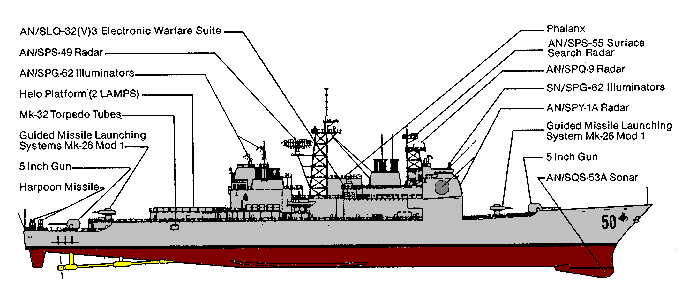
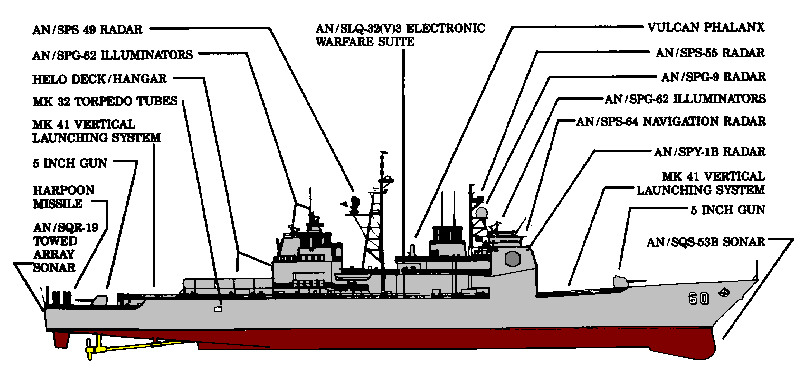
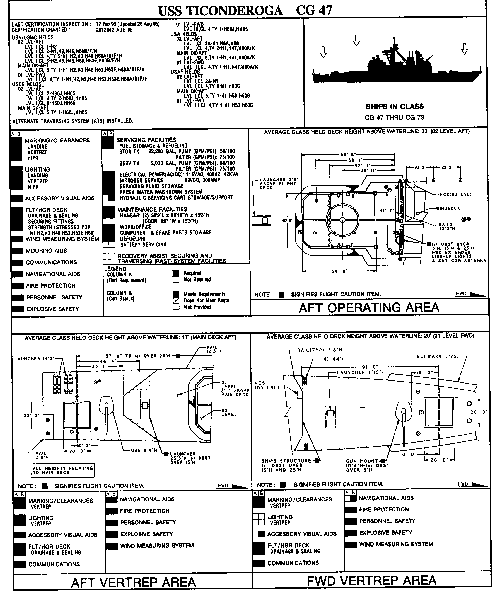
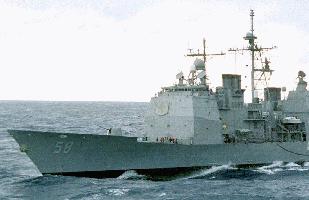


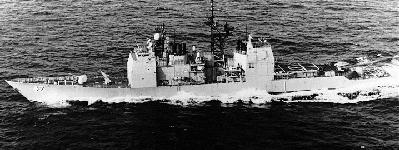
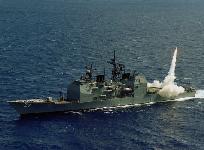

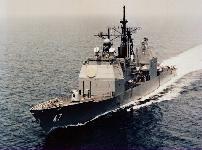
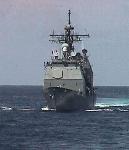
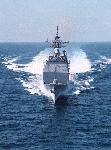
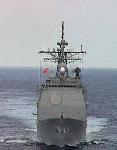
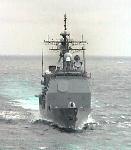


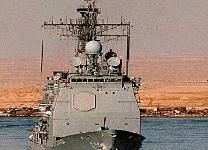
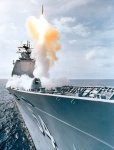
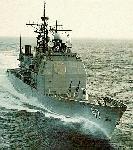
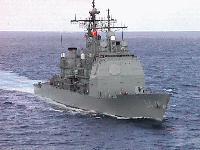
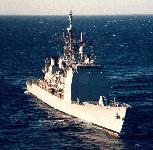
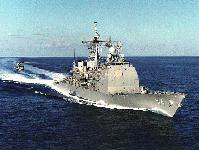
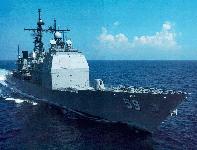
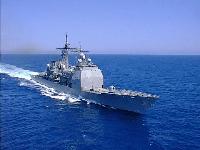
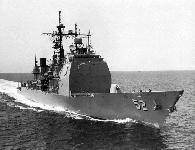

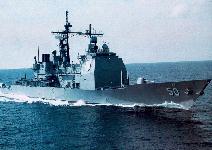
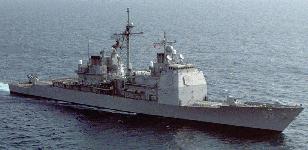

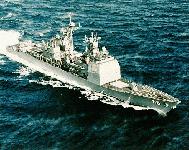
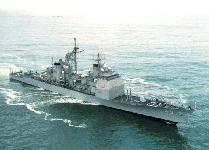
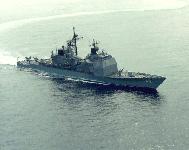
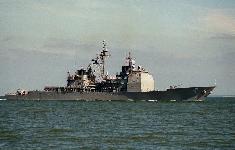


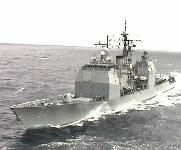
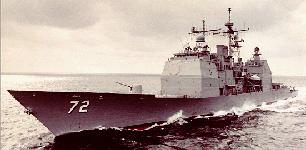
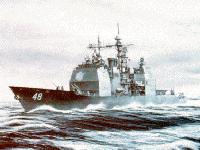
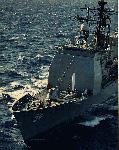


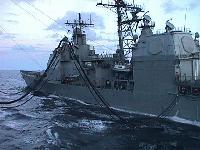
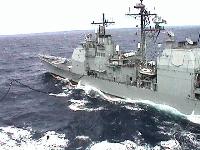
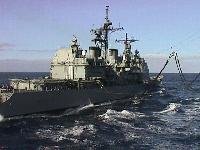
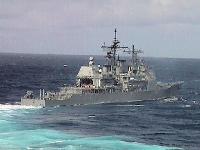
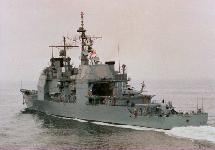
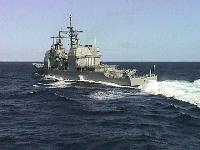



| 歡迎光臨 鐵之狂傲 (https://gamez.com.tw/) |